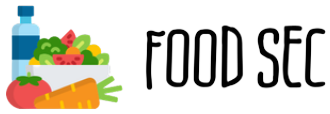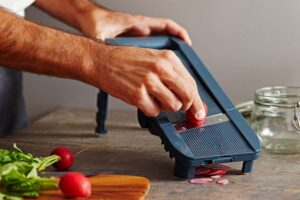It is no longer a secret that the kitchen needs a lot of cleaning. After all, it’s a crime scene where your friends are:
- The raw meat.
- Dirty veggies.
- Messy and splatter-prone recipes.
- Plenty of crumbs and debris.
Although you might be wiping down countertops and cleaning the stove, chances are there will be gross stuff lurking around the kitchen.
Cleaning products promise to kill germs and stop the bacteria from spreading. However, the truth is harsher than you think. Disinfecting, not cleaning, will be the nail in the coffin to eliminate potential viruses and other illness-causing bacteria.
Learn more about how to disinfect in this article!
Clean
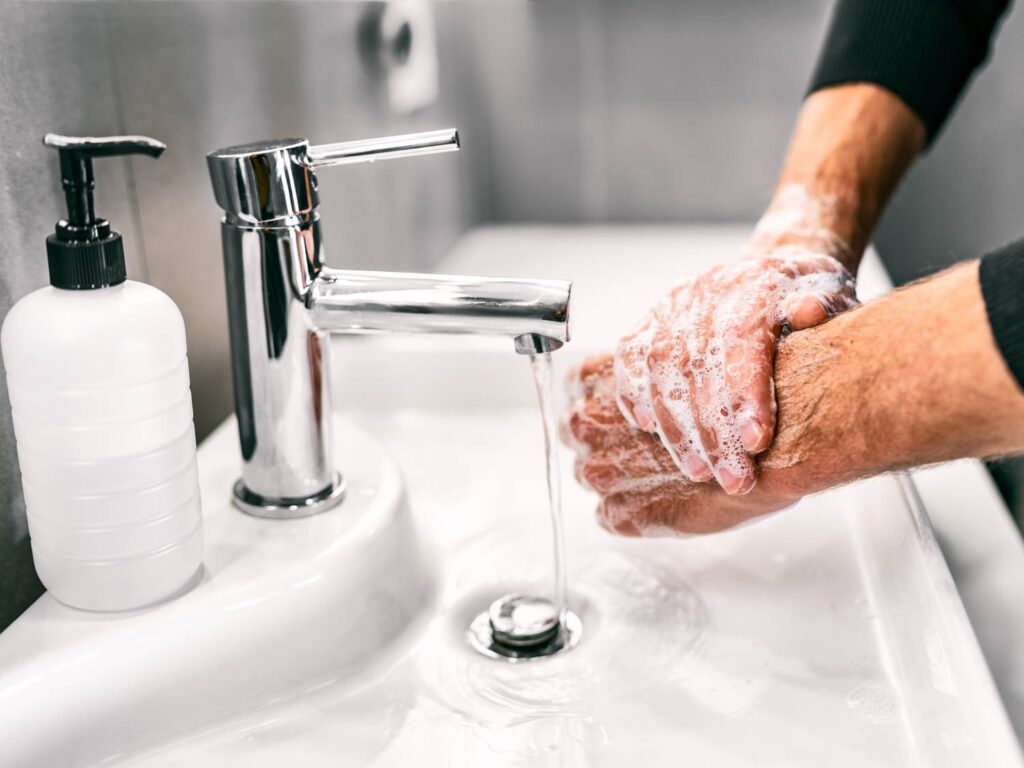
Although we have said earlier that cleaning can only go so far, cleaning is still part of the process. Dispenser for utensils can go a long way since they can protect the cleanliness of your utensils.
It would be best to do the disinfecting in a particular order: first with the cleaning, then proceed to the sanitation.
Cleaning can remove surface-level dirt impurities and bacteria that can make you ill. You must wash the surfaces and kitchen sink with cleaning materials or warm, soapy water. After that, they must be wiped clean with a single-use paper towel.
Bacteria and other microorganisms and impurities should be eliminated from the surfaces. Pathogenic bacteria, for example, tend to live on surfaces for a long time. Furthermore, salmonella, a bacteria found in raw poultry and shelled eggs, has a shelf life of thirty-two (32) hours. You can use warm, soapy water since it removes surface-level impurities but does not destroy or kill the bacteria in the long run.
Sanitation
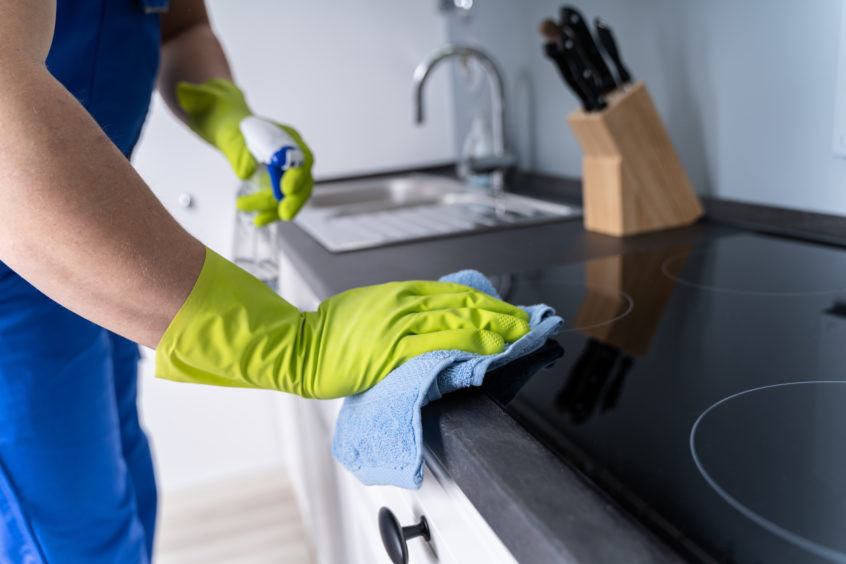
Sanitation is your next step after cleaning. After cleaning surfaces, sanitization is the next step and becomes more effective. For this reason, it has become crucial to follow the steps in this specific order.
On the market, you have a wide range of sanitizers. Still, you can also produce your homemade sanitizer by preparing a mixture of 1 tablespoon of liquid chlorine bleach per gallon of water. Moreover, you can also use commercial sanitizers or sanitizing wipes.
To sanitize, you need to do the following:
- Spray the solution on the surface.
- Wipe it clean with a paper towel.
- Ensure the surfaces are dry before spraying another layer on the surface.
- If your sanitizer is store-bought, refer to the manufacturer’s directions. They are usually put on the label. Please read the label carefully.
Some disinfectants need to settle on surfaces for five (5) minutes. For this reason, you need to be patient before wiping them off.
What About Using a Dishwasher?
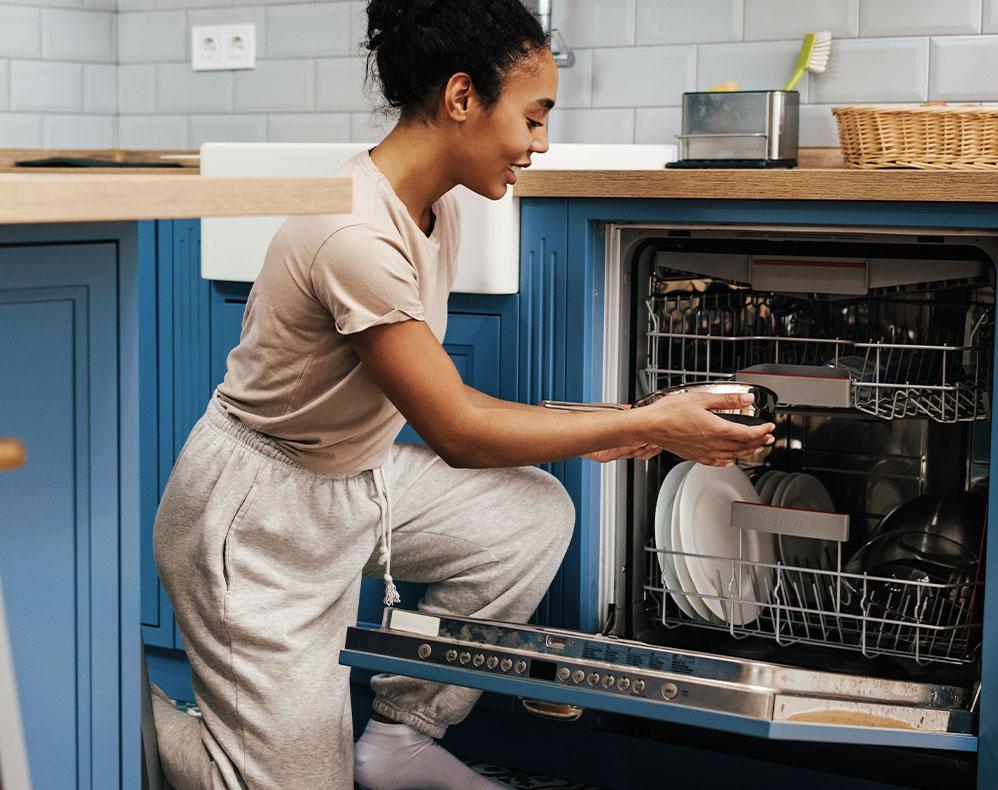
Source: seventhgeneration.com
People might ask, what about a dishwasher? The dishwasher can effectively clean and sanitize your utensils, plates, and cutting boards. It is also an excellent reason to use it for washing.
What about if I don’t have a dishwasher? For those who don’t have a dishwasher, it is still no problem. At the very least, ensure that the household will still sanitize dishes and utensils that have made contact with raw meat or sick people.
Wrapping Up
Disinfection is not just a cleaning task. Instead, it is a duty. It can help keep your home safe in the kitchen and protect your loved ones from unseen dangers like salmonella.
